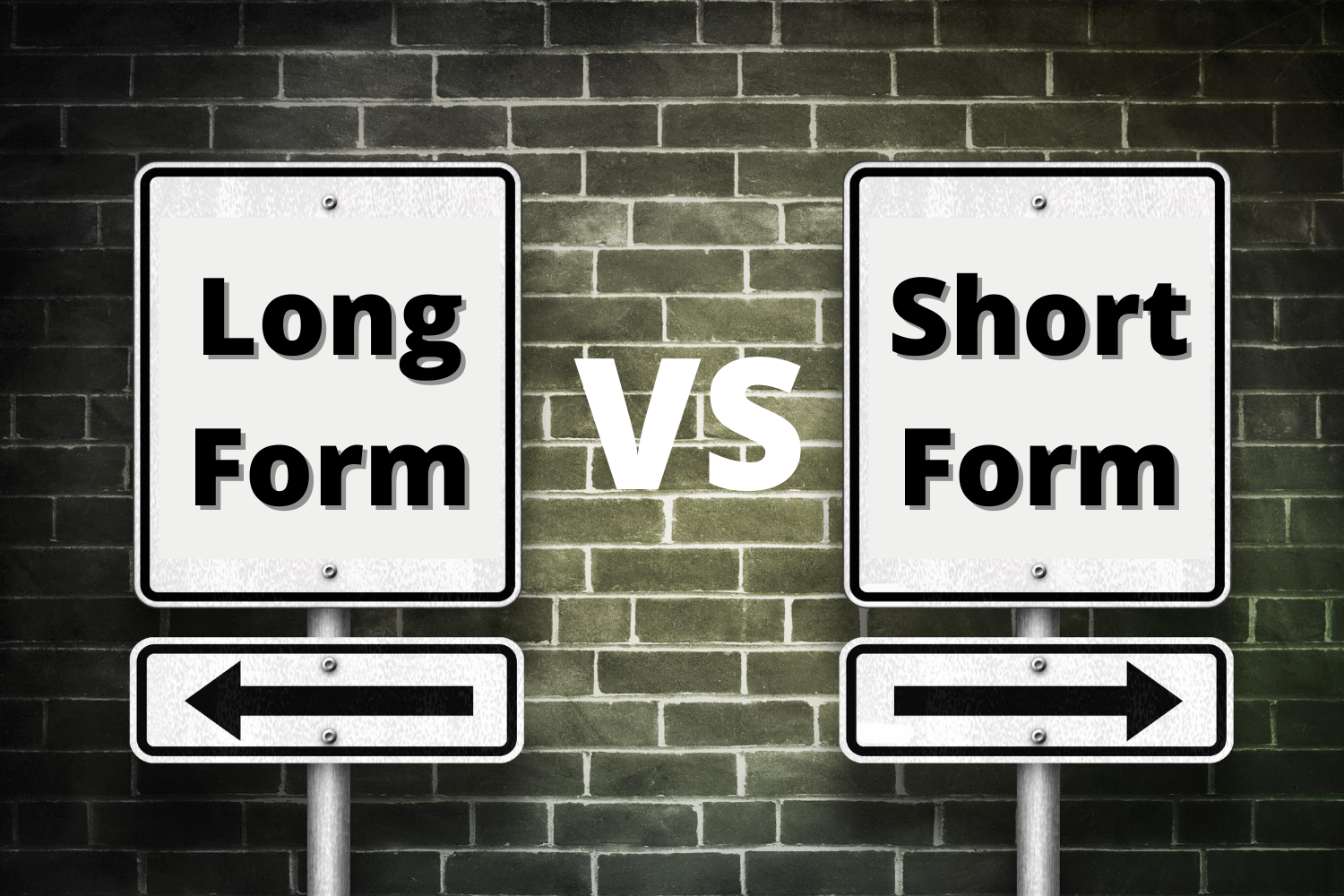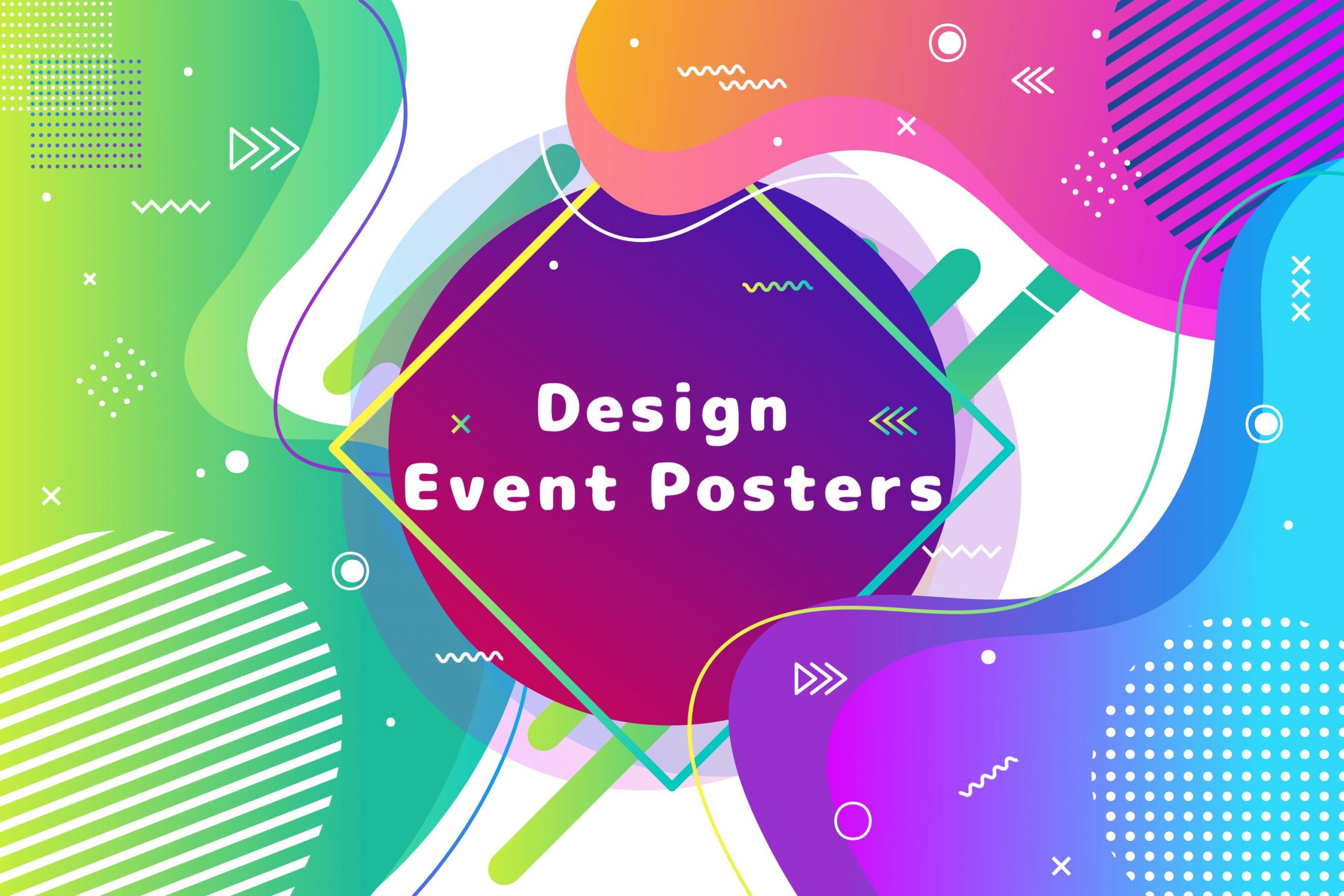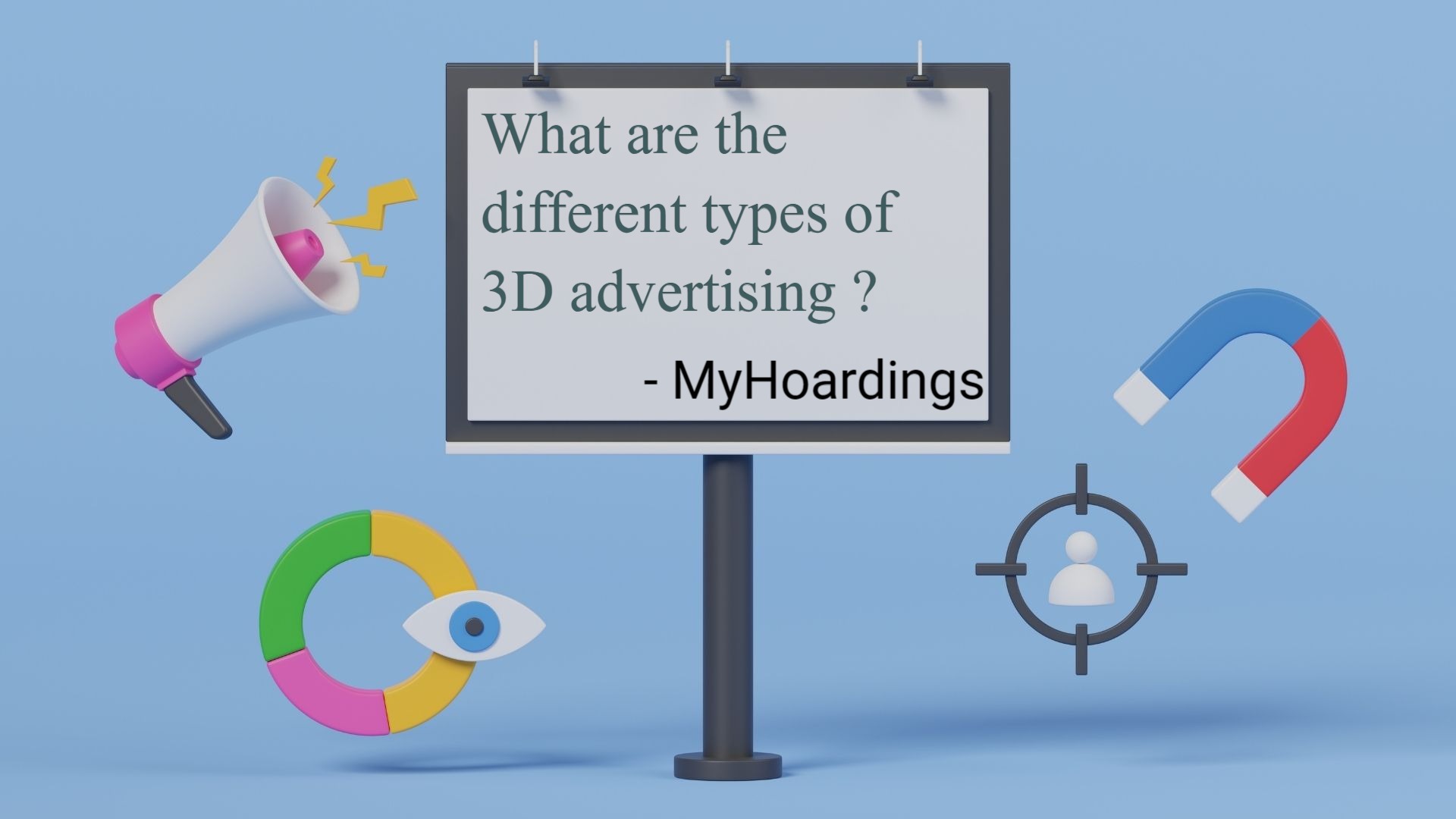In the digital marketing landscape, content is king, but not all content is created equal. When it comes to engaging your audience and driving results, the debate between long-form and short-form content is crucial. Each type has its strengths and applications, and understanding which is more effective depends on various factors, including your goals, audience preferences, and the platforms you use. Here’s a detailed comparison of Long-Form Content vs. Short-Form Content to help you determine which is more effective for your marketing strategy.
1. Understanding Long-Form Content
Definition and Characteristics: Long-form content typically refers to articles, blog posts, whitepapers, and eBooks that exceed 1,000 words. It is comprehensive, in-depth, and often serves as a detailed resource on a specific topic.
Advantages:
- In-Depth Information: Long-form content allows for a thorough exploration of a topic, providing valuable insights, detailed explanations, and actionable takeaways. This depth can position your brand as an authority in your industry.
- Improved SEO Performance: Search engines favor comprehensive content that thoroughly covers a topic. Long-form content often performs better in search rankings due to its depth and the inclusion of relevant keywords.
- Higher Engagement and Shareability: When well-written, long-form content can engage readers for longer periods and encourage sharing, as it provides significant value. This extended engagement can lead to higher trust and brand loyalty.
- Enhanced Lead Generation: Long-form content is often used as a lead generation tool. Offering valuable resources like eBooks or whitepapers in exchange for contact information can help build a qualified email list.
Challenges:
- Time-Consuming Production: Creating high-quality long-form content requires a significant investment of time and resources. This can be a barrier for smaller teams or budgets.
- Audience Attention Span: With the growing demand for quick, digestible information, not all readers have the patience to engage with lengthy content. This can affect the reach and effectiveness of long-form pieces.

2. Understanding Short-Form Content
Definition and Characteristics: Short-form content includes social media posts, headlines, infographics, and brief blog posts or articles. It typically ranges from a few sentences to around 1,000 words and is designed to deliver a quick, impactful message.
Advantages:
- Quick Consumption: Short-form content caters to the modern consumer’s preference for fast, easily digestible information. It is ideal for capturing attention quickly and delivering concise messages.
- High Engagement on Social Media: Short-form content is particularly effective on social media platforms where users scroll quickly through their feeds. Engaging visuals, short videos, and catchy headlines can drive higher interaction rates.
- Flexibility and Versatility: Short-form content can be easily repurposed across various platforms and formats, making it a versatile tool for reaching different audience segments and maximizing content reach.
- Lower Production Costs: Creating short-form content often requires less time and resources compared to long-form content, making it a cost-effective option for regular content updates and promotions.
Challenges:
- Limited Depth: Short-form content provides limited space for in-depth exploration of topics. This can result in a lack of detailed information and reduced potential for establishing authority.
- Higher Competition for Attention: With the abundance of short-form content available online, standing out can be challenging. Crafting compelling headlines and visuals is crucial to capture and retain audience attention.
3. Comparing Effectiveness
Audience Preferences:
- Long-Form Content: Ideal for audiences seeking detailed information and in-depth analysis. It appeals to those who are willing to invest time in learning more about a topic.
- Short-Form Content: Best suited for audiences looking for quick, easily digestible information. It caters to users with shorter attention spans or those in need of immediate insights.
Marketing Goals:
- Brand Authority and SEO: Long-form content excels at building brand authority and improving SEO performance. It provides an opportunity to address complex topics, establish thought leadership, and drive organic traffic.
- Engagement and Awareness: Short-form content is effective for driving engagement, generating immediate interest, and boosting brand awareness. It is particularly useful for social media campaigns and real-time promotions.
Platform and Distribution:
- Long-Form Content: Works well on platforms like blogs, company websites, and industry publications where detailed information is valued. It can also be leveraged for email marketing and lead generation.
- Short-Form Content: Performs best on social media, mobile apps, and other digital channels where quick consumption is preferred. It is effective for capturing attention and driving traffic to longer content or landing pages.
4. Combining Both Approaches
In practice, many successful marketing strategies incorporate both long-form and short-form content. Here’s how you can effectively combine them:
- Content Repurposing: Use long-form content as the foundation and create short-form pieces that highlight key points or promote specific aspects. For example, you might write a detailed blog post and then create social media posts, infographics, or videos summarizing the main points.
- Content Funnels: Develop a content funnel where short-form content drives initial engagement and directs users to long-form resources for more detailed information. This approach can help capture attention and guide users through the buyer’s journey.
- Integrated Campaigns: Align long-form and short-form content within a cohesive marketing campaign. Use short-form content to generate interest and long-form content to provide in-depth insights and drive conversions.

Conclusion
Both Long-Form Content vs. Short-Form Content have their unique advantages and play essential roles in a comprehensive marketing strategy. Long-form content excels at providing detailed information, building authority, and improving SEO, while short-form content is effective for quick engagement and driving immediate action. By understanding your audience’s preferences, marketing goals, and platform requirements, you can leverage the strengths of both content types to create a balanced and impactful content strategy.
For expert guidance on crafting effective content strategies, contact MyHoardings:
- Email: business@myhoardings.com
- Phone: +91-9953847639
- Website: www.myhoardings.com
Let MyHoardings help you optimize your content strategy for maximum impact and success!
Top Social media influencer in India
10 Tips for Marketing to Millennials – |



